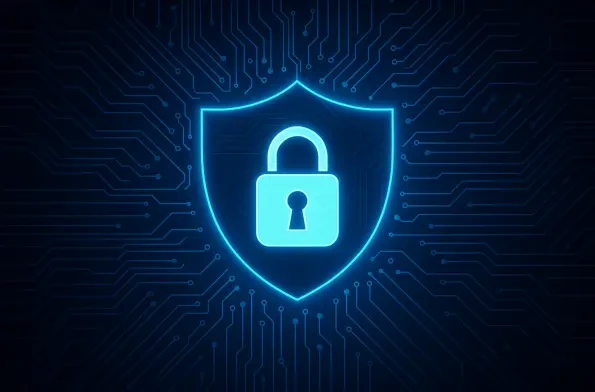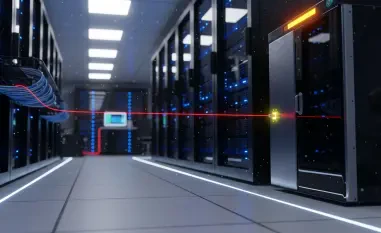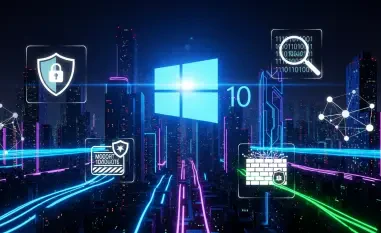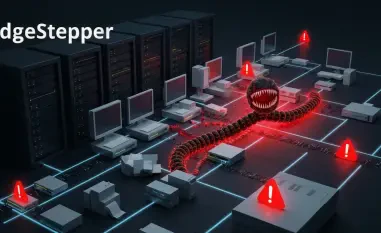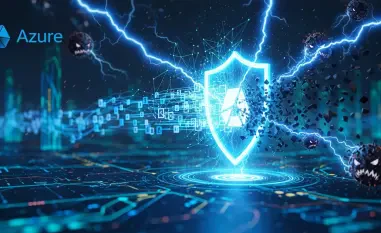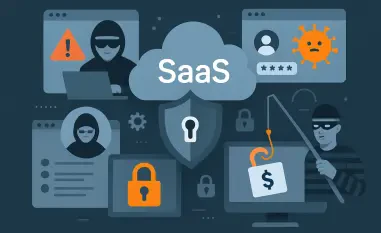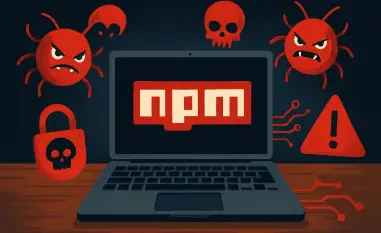Introduction: In today’s world of ever-evolving cyber threats, understanding the complex web of entities that enable cybercriminal activities is crucial. Malik Haidar, a seasoned cybersecurity expert with a vast breadth of experience tackling threats within multinational corporations, sheds light on these intricate relationships and discusses the recent U.S. sanctions against Aeza Group.
Could you provide an overview of the recent sanctions imposed on Aeza Group by the U.S. Department of the Treasury?
The U.S. Treasury’s Office of Foreign Assets Control (OFAC) recently sanctioned Aeza Group, a Russian bulletproof hosting service provider. These sanctions aim to disrupt Aeza Group’s role in assisting cybercriminals, known for launching ransomware attacks and other malicious activities, both in the U.S. and worldwide. Such measures predominantly target the infrastructure and key figures supporting this illicit ecosystem.
What specific activities led to these sanctions against Aeza Group?
Aeza Group’s involvement in enabling cybercrime became evident through their services that supported ransomware families like BianLian and RedLine. They provided a secure hosting environment, deliberately ignoring abuse reports, allowing threats to persist without interruption. Their activities extended to phishing sites and C2 servers, making them a durable option for attackers to exploit.
Who are the individuals linked to Aeza Group that are affected by these sanctions?
The sanctions directly involve key figures from Aeza Group, including Arsenii Aleksandrovich Penzev, who is the CEO and part-owner, Yurii Meruzhanovich Bozoyan, the general director, Vladimir Vyacheslavovich Gast, the technical director, and Igor Anatolyevich Knyazev, another part-owner managing operations in their absence. Each plays a significant role in the group’s operations.
How are Aeza International Ltd., Aeza Logistic LLC, and Cloud Solutions LLC connected to Aeza Group?
These subsidiaries of Aeza Group, including Aeza International Ltd., based in the U.K., and the Russian branches – Aeza Logistic LLC, and Cloud Solutions LLC, have been instrumental in furthering the group’s reach and operational capabilities. They effectively extend Aeza Group’s influence and operational capacity across borders.
Can you explain what bulletproof hosting providers do and how they enable cybercriminal activities?
Bulletproof hosting providers, like Aeza Group, offer servers and network services that ignore or resist efforts to shut them down, often operating in areas with lax enforcement. This makes them ideal for cybercriminals who need persistent infrastructures to host malicious software, phish sites, and manage command-and-control servers without fear of takedowns or legal repercussions.
Why are BPH services considered resilient options for threat actors?
These services thrive in legal gray areas and often in countries with underdeveloped cybersecurity legislation, allowing them to operate with impunity. Their deliberate disregard for takedown requests ensures that the infrastructure remains operational longer, offering cybercriminals a stable base for their operations.
What ransomware and information stealer families have reportedly used Aeza Group’s services?
Notable ransomware families like BianLian and Meduza, alongside information stealers like RedLine and Lumma, have exploited Aeza Group’s services. These tools have wreaked havoc on U.S. defense, technology sectors, and numerous global targets, leveraging Aeza’s dependable hosting capabilities.
How has Aeza Group allegedly contributed to targeting U.S. defense and technology companies?
Aeza Group provided the infrastructure that enabled cybercriminals to launch sophisticated attacks on critical sectors like U.S. defense by supplying resilient hosting for their malicious campaigns, thus facilitating data breaches and theft.
What were the circumstances surrounding Arsenii Aleksandrovich Penzev’s arrest?
Penzev’s arrest in April 2025 was significant, charged with leading a criminal network tied to hosting BlackSprut, a notorious dark web marketplace. This platform facilitated illegal drug transactions, illustrating the extent of Aeza Group’s criminal involvements beyond just cybercrime.
How is BlackSprut connected to Aeza Group and the broader criminal activities?
BlackSprut utilized Aeza’s hosting services, thereby linking the Group to drug trafficking on the dark web. This connection underscores Aeza’s role in underpinning not just cybercrime but broader illicit online activities, fortifying an ecosystem of crime.
How is the U.S. Treasury working in coordination with international partners to combat cybercrime?
The Treasury, in concert with the U.K. and other allies, intensifies their cooperative efforts to dismantle networks like Aeza Group. This coordination galvanizes the collective capabilities of various nations to pinpoint and disrupt the foundational elements of these criminal activities.
Could you elaborate on the significance of such international cooperation in countering ransomware and other cyber threats?
International collaboration is essential to effectively dismantle global cybercrime networks, which transcend borders. It allows for shared intelligence, unified sanctions, and synchronized actions that exert pressure on cybercriminals and their enablers, preventing isolated systems from harboring threats.
What role did cryptocurrency play in Aeza Group’s operations, according to Chainalysis findings?
Chainalysis uncovered that Aeza Group utilized cryptocurrency, managing a TRON address linked to transactions worth over $350,000. This was part of a broader financial network that laundered funds through exchanges, facilitating payments for illegal services without transparency.
How does tracking crypto transactions assist in revealing criminal networks like Aeza Group?
Following the crypto trail exposes the financial transactions of such networks, often revealing connections to other illegal activities and actors. It’s a digital breadcrumb trail that, when analyzed, can uncover the extent of a network’s reach and its operational patterns.
How do these sanctions fit into the larger strategy to dismantle the ransomware supply chain?
Sanctions are a strategic method to disrupt the critical components and infrastructure that sustain ransomware activities. By targeting enablers like malicious hosting services and associated entities, the aim is to chip away at the ransomware supply chain’s foundation, making it harder for these operations to persist.
What other Russia-based entities have been sanctioned recently?
Recently, Russia-based Zservers faced sanctions for similar reasons, hosting infrastructure for ransomware attacks, particularly those linked to the LockBit group. These actions reveal a pattern of targeting Russian entities deeply intertwined with prolific ransomware operations.
How did reports from organizations like Correctiv and Qurium contribute to exposing Aeza Group’s operations?
Investigative reports from groups like Correctiv and Qurium played a pivotal role in documenting Aeza’s activities, gathering evidence on their infrastructure’s use by threat actors. This transparency is crucial in forming a basis for actions like sanctions.
In what ways can public research aid in uncovering cybercrime networks?
Public research shines a light on obscured cybercriminal activities, arming the global community with information that can spur action. Such investigations invite scrutiny, pressure enablers, and provoke entities into taking meaningful counteractions.
What steps are being taken to monitor and control abuse-resilient networks and sanctioned entities?
Active monitoring involves tracking IP addresses, observing changes in threat actor tactics, and analyzing shifts in their infrastructural approaches. Efforts to adjust intelligence operations are underway to anticipate and mitigate future resilience adaptations.
How might threat actors change their tactics in response to these sanctions, and what strategies are in place to address such shifts?
Faced with sanctions, threat actors might diversify their hosting avenues, adopt more anonymized digital protocols, or shift to less scrutinized jurisdictions. The response includes adaptive threat modeling and enhancing international regulations to trap and mitigate evolving threats dynamically.
What is your forecast for the future of cybercrime and international sanctions?
With the growing sophistication and adaptive nature of cybercriminals, international sanctions will likewise evolve, utilizing more advanced geo-targeting and financial mechanisms to disrupt networks. The future will see greater coordination, real-time intelligence sharing, and possibly decentralized enforcement mechanisms to counteract these global threats effectively.
